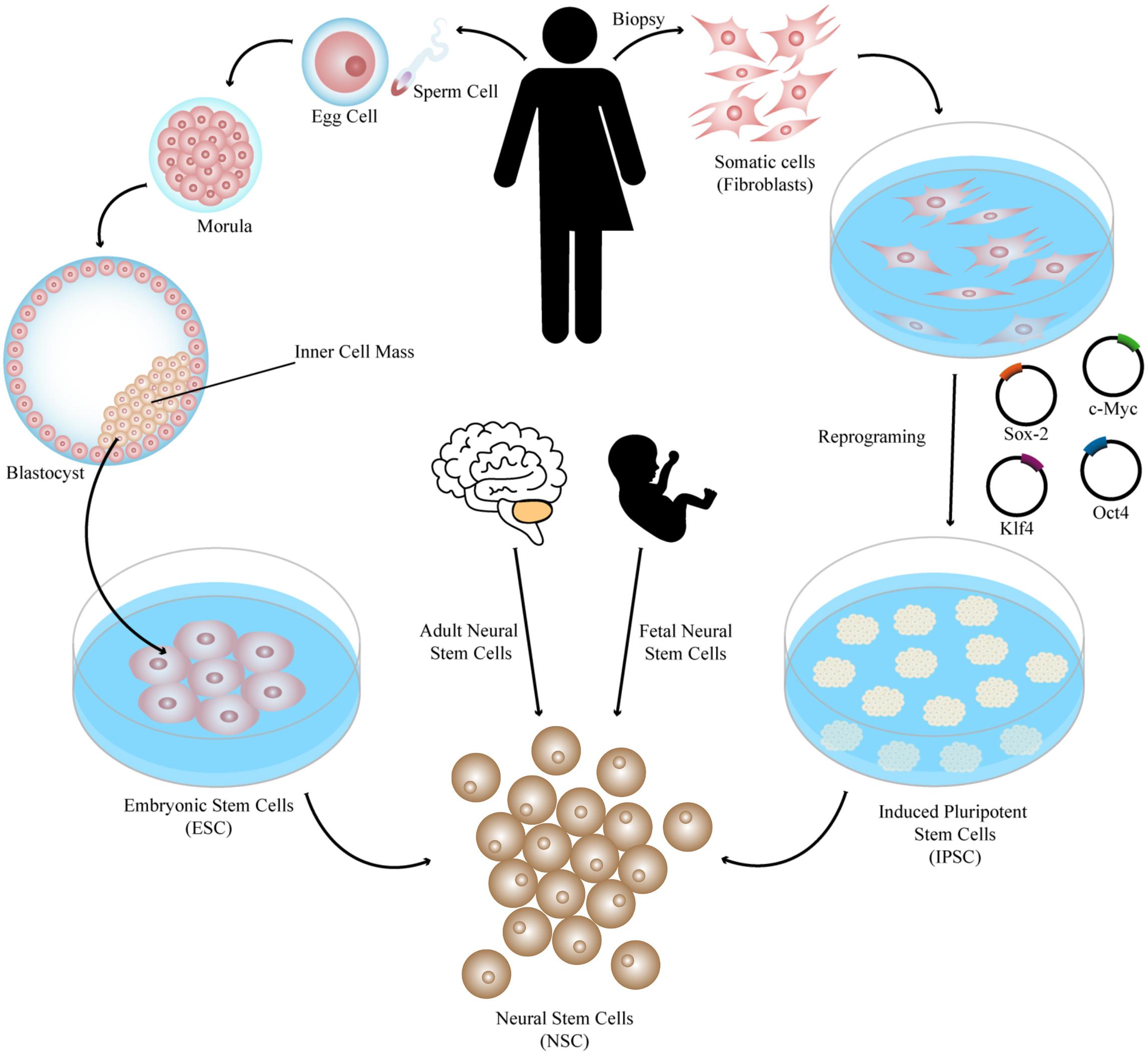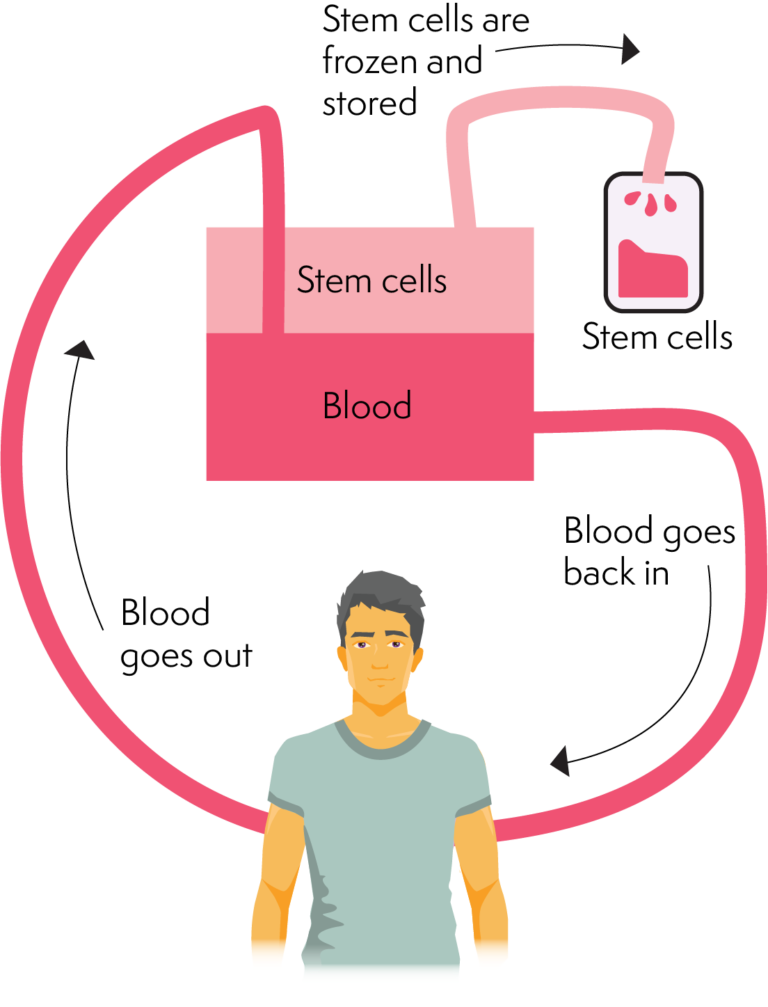

Fungal infections often resemble other illnesses. Get additional medical care if necessary. Learning about them can help you and your healthcare provider recognize the symptoms early, which may prevent serious illness. There are different types of fungal infections. However, there may be some ways for you to lower the chances of getting a serious fungal infection. They are also on many indoor surfaces and on your skin. Fungi live outdoors in soil, on plants, trees, and other vegetation. Top of Page Preventing fungal infections in stem cell transplant patientsįungi are difficult to avoid because they are a natural part of the environment. For more information about indoor mold, please visit CDC’s Basic Facts about Mold. You may be at higher risk for getting sick from indoor mold. For more information on travel-related illnesses, please see the CDC Traveler’s Health site. If you live in or visit these areas, you may be more likely to get these infections than the general population. Some disease-causing fungi are more common in certain parts of the world.
#STEM CELL TRANSPLANT SKIN#
Some fungal infections are mild skin rashes, but others can be deadly, like fungal pneumonia. 4įungal infections can range from mild to life-threatening. 3 The steroid medications given to treat graft-versus-host disease can also increase the chance of getting a fungal infection. This is known as graft-versus-host disease, which can increase your risk for fungal infection. If you receive stem cells from a donor, the transplanted stem cells may attack your body. During this time, your body will have trouble fighting infections, including fungal infections.
#STEM CELL TRANSPLANT PDF#
As you recover from your transplant, your white blood cell count can become very low, also known as neutropenia pdf icon. 1Ĭhemotherapy and radiation lower your white blood cell count. This medication weakens your immune system.

If your stem cells come from another person, you will need to take anti-rejection medication. What you need to know about fungal infectionsĪ transplant using stem cells from a donor increases your risk for fungal infection more than a transplant that uses stem cells from your own body. You and your healthcare provider will discuss your options and choose the treatment that’s best for you. There are different reasons for receiving either type of transplant. The donor can be a family member or someone unrelated to you. Stem cells from a donor (also called an allogeneic transplant).Stem cells from your own body (also called an autologous transplant).There are two main types of stem cell transplants:

Because stem cell transplants destroy and rebuild your immune system, they increase your risk for fungal infections. Stem cell transplants have many benefits, but they also have risks.
#STEM CELL TRANSPLANT FULL#
As a stem cell transplant patient, you have new opportunities for a healthy and full life.


 0 kommentar(er)
0 kommentar(er)
